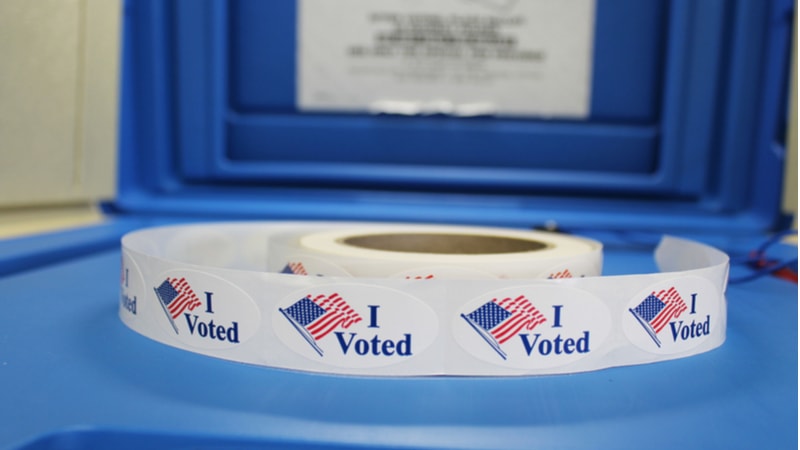
With the 2020 General Election a mere eight weeks away, election officials at both the state and Federal level are preparing for the final sprint to Nov. 3.
While traditional cybersecurity threats are still a concern, there is a growing focus on ensuring public trust in the election process and countering misinformation and disinformation campaigns, according to a Sept. 8 session at the 11th Annual Billington CyberSecurity Summit.
During the session, Matt Masterson, senior cybersecurity advisor at the Cybersecurity and Infrastructure Security Agency (CISA), and Trevor Timmons, CIO of the State of Colorado, discussed what they’re focused on during the final stretch to election night.
“It’s the hybrid threat of cybersecurity and misinformation,” Masterson said.
When it comes to what is keeping Timmons up at night, he said its “the confidence of the voters in the process.” Timmons harkened back to 2016 when he said there were “assaults” to sew division among the American people and make citizens question whether votes would even be counted.
“I don’t mean to diminish the threat of cybersecurity,” he said. “But, if people choose not to vote because they don’t trust the process, the bad guys have won.”
For Masterson, he’s worried about whether has done all it can do to support local election officials, “especially mid to small jurisdictions.” He said he asks himself, “Am I giving local election officials everything they need to engage with their voters? How are we getting clear, concise messages to voters about the steps the government has taken to secure the environment, their options on how to participate in the process, and how results will work.”
Building on Timmons’ comments on 2016, Masterson said, “there’s a huge difference between 2016, 2018, and today and that has to do with the community that’s come together.” That community – CISA, the FBI, state and local governments, and the private sector – have focused on improving information sharing and building situational awareness. “The landscape today compared to 2016 is so different, it really is night and day,” he said.
In both 2016 and now in 2020, social media has had a significant impact on the election process, both as a means to share accurate information and as a place to share misinformation and disinformation. Working to ensure that adversaries don’t purposefully spread misinformation and disinformation – and voters don’t unwittingly spread it too – is a primary focus for CISA and the FBI.
Part of the solution to the misinformation and disinformation campaigns is working with the social media companies, Masterson said. “We’ve focused on having trusted local sources of information – secretaries of state, mayors, and civic groups – share accurate information about the election.” Additionally, there is a heavy focus on getting voters to be more critical consumers and sharers of information on social media. Masterson stressed the importance of communicating to voters to “think before you link and read beyond the headline.”
Outside of working with voters, Masterson said CISA and the FBI have “regular meetings” with every social media company. At those meetings, the government and the social media companies are discussing what misinformation is out there and how social media platforms can use trusted sources of information. He mentioned that all the major platforms are now driving people to trusted local election resources.
Countering misinformation and disinformation cannot rely on a reactive response, rather the government needs to be proactive. “What we know is that the more avenues voters receive accurate information about the election, the more likely they are to pause when they see misinformation,” Masterson said. “It’s about ‘prebunking’ [rather than debunking] to push back against misinformation.”
